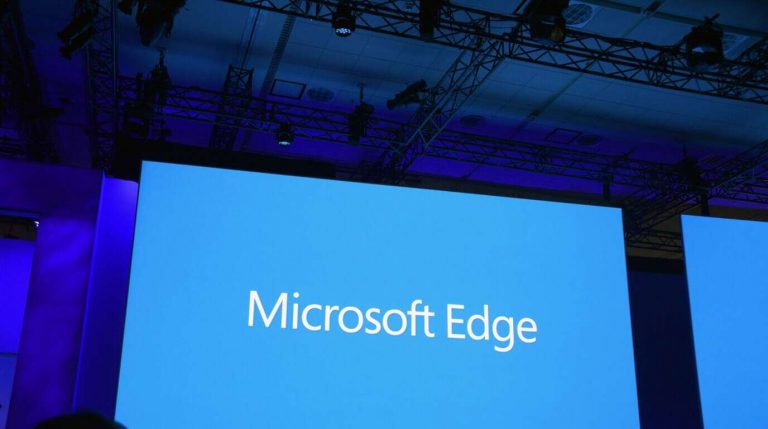Today, Microsoft broke the news that their Edge web browser would be coming to iOS and Android, along with a newly updated Arrow Launcher for Android, now called Microsoft Launcher. The news was just as big for developers as it was for the standard Windows 10, iOS, or Android user, so the company shortly followed up to explain the new app from a web developer point of view.
To begin, Microsoft explained that the iOS app is available today to a limited Windows Insider audience via Apple’s Test Flight System, with the Android app coming shortly via Google Play Store’s Early Access. Secondly, in a subsequent tweet, Microsoft’s Joe Belfiore also detailed that Edge will be phone only for now on both platforms and that a tablet and iPad version is on the way but is not ready yet.
Moving onto the developer stuff now, Microsoft is saying that the choices of web engine for Edge on iOS and Android were related to how the company “thinks about the goals of the EdgeHTML engine on Windows 10.” So while obviously still committed to EdgeHTML on Windows 10, due to the complexity of each web platform and operating system, the company shared that they have chosen to adopt the native web platform for iOS and Android. This means that on iOS, Edge is based on the WebKit engine, and on Android, the Chromium browser project.
On iOS, we are using the WebKit engine, as provided by iOS in the WKWebView control. That means that from a compatibility perspective, Microsoft Edge for iOS should match the version of Safari that is currently available for iOS.
On Android, we are using the Blink rendering engine from the Chromium browser project. This approach gives us more control and better performance than using the Android WebView control, but means that we are shipping our own copy of the rendering engine in the app. Much like other Android browsers based on Chromium, we expect to keep up with Chromium releases. You can expect that, from a compatibility perspective, Microsoft Edge for Android will match the version of Chrome that is currently available for Android.
Just as it is with Windows 10, Microsoft also mentioned that they will be listening to feedback throughout the preview state of the apps, and will update both apps regularly with fixes and new features. This means that when the company feels that the quality of the app is great, they will make it available for public download later this year. There are plenty of technical details available in the post, so we invite you to check it out for more information.


